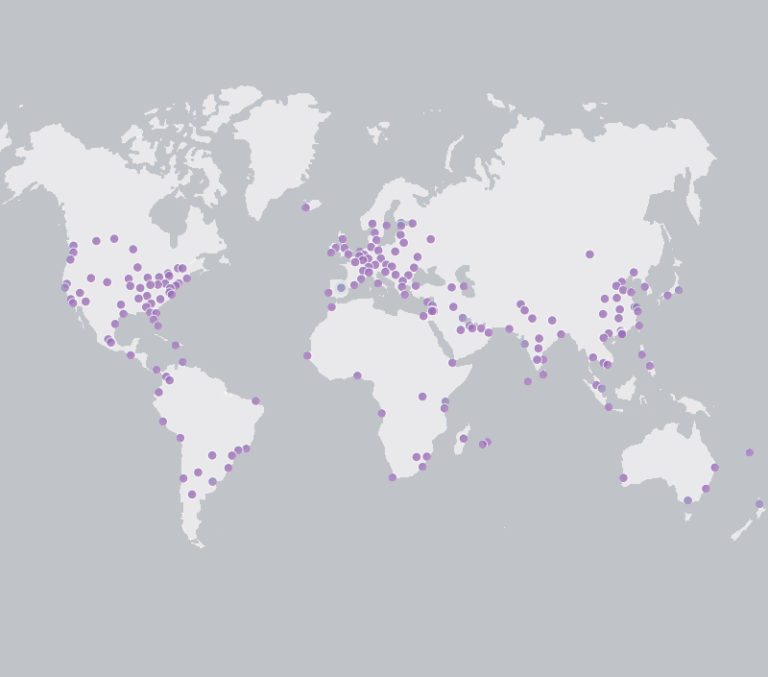CloudFlare is what is known as Content Delivery Network – or CDN for short. So what is a CDN? At the core it’s a copy of your website deployed to many servers around the world.
But CloudFlare does other things than just deliver copies of your network. It also provides protection against various forms of attacks, and it provides a fast nameserver service for your website – a nameserver is what allows visitors to find your site.
Think of a Content Delivery Network (or CDN) as basically a chain of outposts for your website with location all around the world, and your name on the door.
But my website works fine – isn’t that enough?
No, it’s not really nowadays. The days of hosting a static website on a server in a corner of a data center is over. With the current speed of mobile/cell phones, and internet connections people expect a rapid website. Now, if you’re a local shop owner in – say – Santa Barbara – and your provider is just down the road, it might very well be enough, and nothing else is needed. At least until someone takes a run at your website and either tries to crash it, or even worse – hack it. You see a CDN does more than just provide faster service. It also protects against a DDOS attack, and can provide Firewall rules. Even if you have your own Firewall, they can protect your site from ever being reached. You can actually hide your website completely behind a CDN so nobody can see where it is.
CloudFlare also provides a fast, free DNS, which is always a plus.
It also means you can save $$$ on your hosting plan, since you can have a small server behind the CDN as they provide the horsepower for serving the data to the world.
Benefits:
- Firewall
- DNS service
- DDOS protection
- Content Serviing
The best part of CloudFlare is that the basic Tier is free. As in zero dollars. There is no sensible argument for NOT using them, even IF you’re a local shop, and once you go from local to regional, national or worldwide it’s an absolute must.


